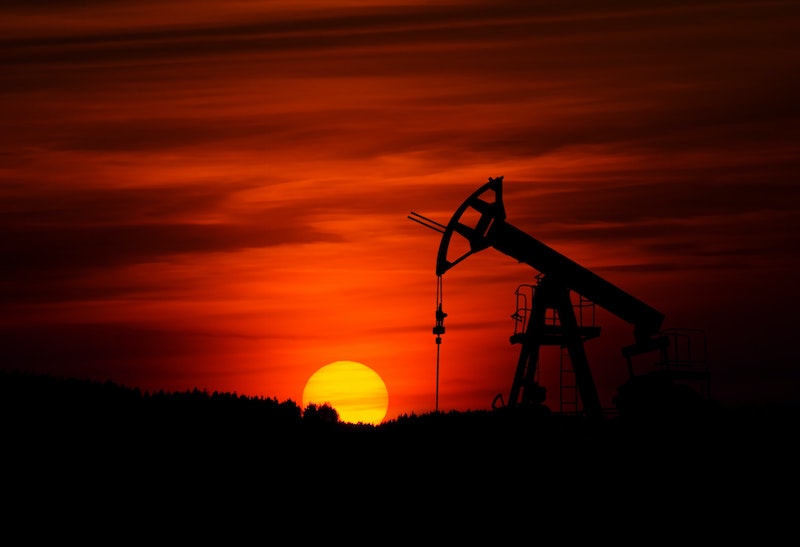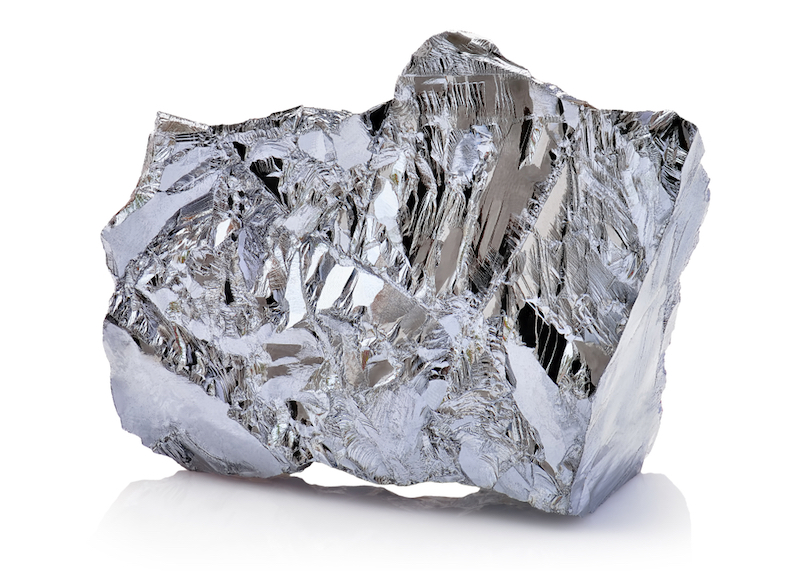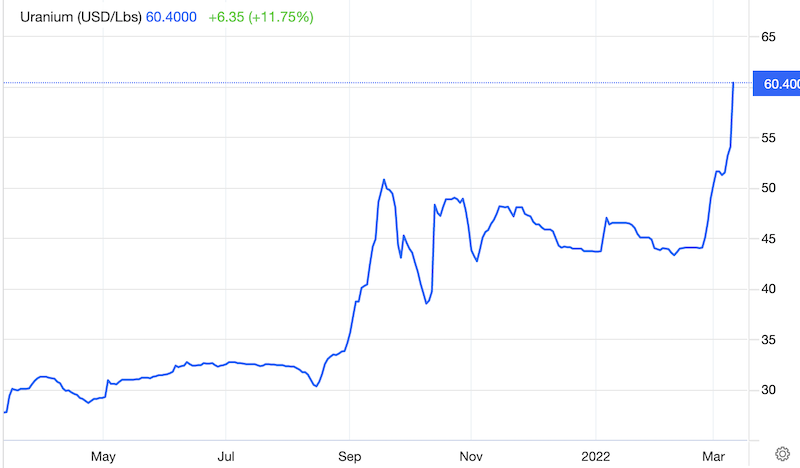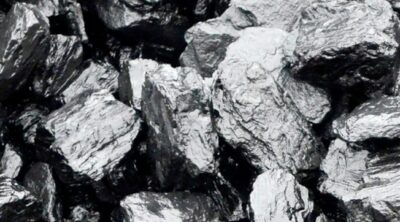Gold is up 10% and silver is up 12% over the past month as inflation soars out of control, the war between Russia and Ukraine intensifies, and investors seek safe-haven investments. Gold and silver mining stocks, represented with VanEck Vectors Gold Miners ETF (GDX), are up around 25% in the past month, gifting investors with leverage of more than 2x.
But it is oil has been catching all of the headlines as the price has soared from $65/barrel to over $120/barrel, nearly doubling, before falling back toward $100. Russia is a major exporter of oil and the United States has banned oil imports from Russia with the UK set to do the same.

We added energy stocks to NR portfolios over the past few months, prior to the sharp move higher. These include mid-cap oil and natural gas producers in the Americas with high growth profiles and relatively low cost inputs relative to their peers. Those positions are up 55% and 36% in the past month alone and we think there is room for both of these stocks to continue significantly higher.
But energy is not the only commodity that is seeing supply disruptions and rising prices do to the war and sanctions. We have also positioned our commodities portfolio with small-cap and mid-cap nickel and uranium miners.

Russia was the third-largest nickel producer in 2021, producing over 200,000 tonnes and accounting for around 8% to 10% of global supply. As sanctions on Russia have increased, the price of nickel more than doubled in just a few days this week. Global inventories of nickel were already low and demand has been increasing for use in electric vehicle batteries, adding to the intensity of the price spikes.
Nickel mining stocks have underperformed relative to the nickel price. But our positions are still up 20% to 40% over the past month, one in the United States and the other in Cuba.
Uranium prices have also been increasing as a result of the Russia-Ukraine war and subsequent sanctions. The uranium spot price surged more than 10% on Wednesday closing in on $60 a pound. Uranium prices are up nearly 50% so far this year and are now trading at the highest since 2011.
The key driver to the price increase is news that they Biden administration is considering imposing sanctions on Russia’s state-owned atomic energy company, Rosatom. The Russian company not only represents some 42% of global uranium refinement capacity, but accounts for nearly 25% of uranium imports powering the country’s fleet of reactors. Rosatom has several joint ventures in Kazakhstan, which is responsible for 45% of the world’s primary uranium production.

The move higher in uranium is also coming from renewed calls in the West for greater energy independence so as not to rely so heavily on Russian energy. This is especially an issue for Germany, which shut down several of their nuclear plants in recent years and imports over 50% of their energy needs from Russia. For the EU, over 40% of their natural gas comes from Russia. As EU nations look to reduce dependence on Russia energy, this will inevitably include more nuclear power and more demand for uranium.
Higher uranium prices are boosting stocks of major explorers and producers. The Global X Uranium ETF (NYSE:URA) has gained 27% over the last month. But our top two uranium stocks are up 89% and 55% over the past month. Stock selection matters.
Russia announced export bans on fertilizer and grains today. The announcement comes a week after a statement from the Russian Trade Ministry said “the Ministry had to recommend Russian producers temporarily suspend export shipments of Russian fertilizers until carriers resume rhythmic work and provide guarantees that Russian fertilizer exports will be completed in full.”

In early February, Russia banned ammonium nitrate exports. But this new export ban also covers Potash, for which Russia accounts for 21% of the global market. Complicating matters even further is the fact that natural gas, which Russia exports in significant quantities, accounts for 80% of the cost of producing ammonia fertilizer.
Russia and Ukraine also make up about 25% of the global grain trade. Wheat prices shot to a 14-year high last week. These areas also produce a large percentage of global seed oils like. As a result of all these supply issues, sanctions, higher energy costs and soaring inflation, prices at the grocery store are also rising much faster than normal.
So as much as Western nations would like to punish Russia with sanctions, it ends up reducing global supplies, increasing prices and hurting everyone in the form of higher food and energy prices. The higher prices also help Russia mitigate the impact of the sanctions, as they generate higher profit margins on the products sold.
To position our subscribers ahead of these trends, we added two fertilizer stocks to our portfolio. Over the past month, these two stocks are up 39% and 79%. We have also had exposure to a farmland company in the U.S. that is up 22% in the past month. We prefer fertilizer stocks (potash, phosphate, nitrogen, sulfate, etc.), as farmland companies could see margin compression as input prices rise as fast or faster than the prices they charge for the finished crops.
US inflation soared 7.9% in past year, a fresh 40-year high. This has been driven by record levels of money creation, stimulus and artificially-low interest rates, all designed to keep the economy from crashing as result of the pandemic and lockdowns. But these measures also tend to exasperate income inequality, push debt levels to dangerous highs and cause record inflation that hurts everyone.
We are focusing our investments on assets that are significantly outpacing inflation and growing our wealth and purchasing power. We remain long mining stocks focused on nickel, uranium and fertilizers, but also gold, silver, copper, rare earths, lithium and tin. Join us for instant access to our portfolios, trade alerts and monthly newsletters!



